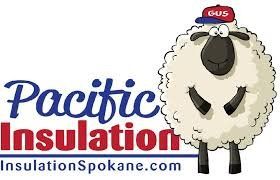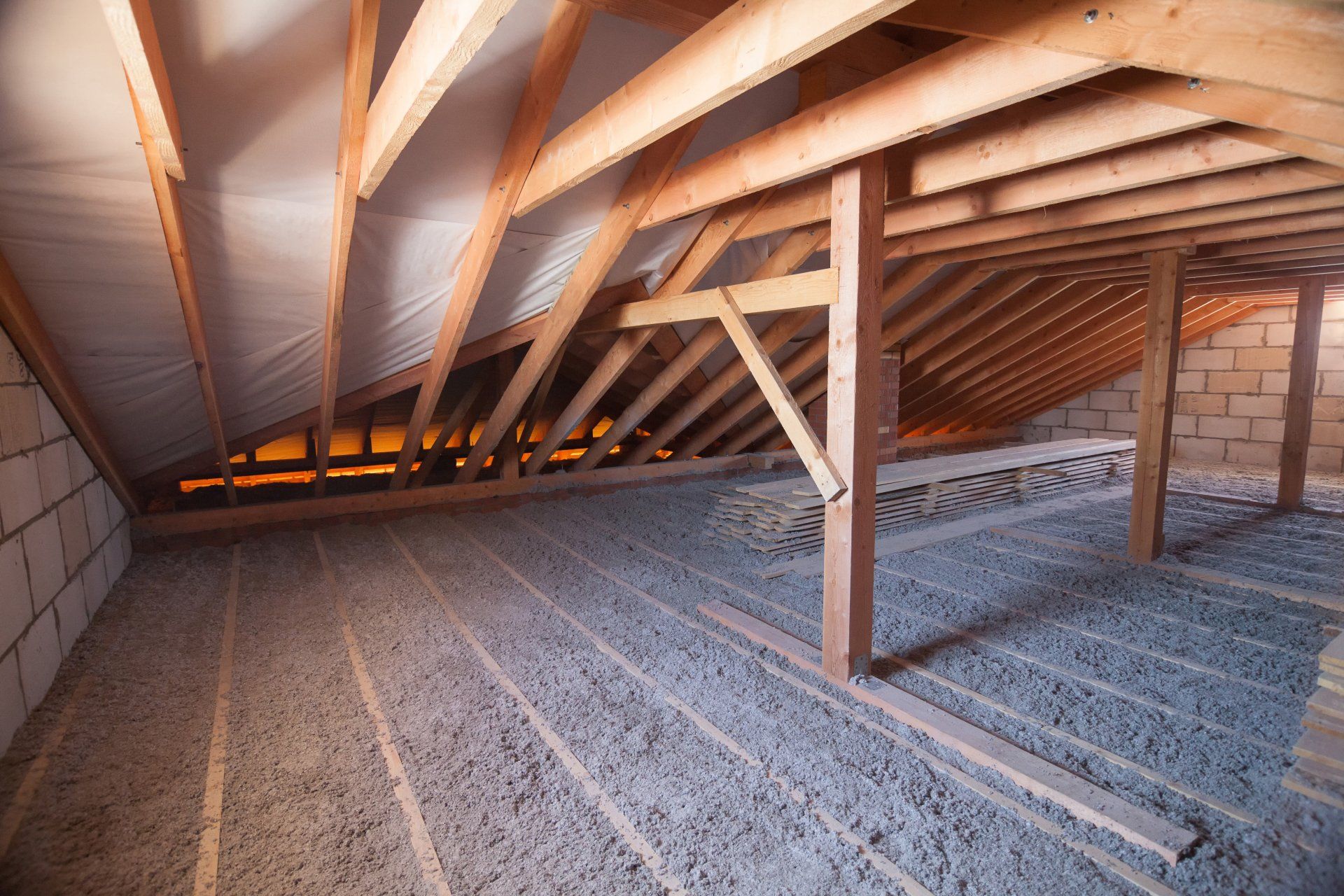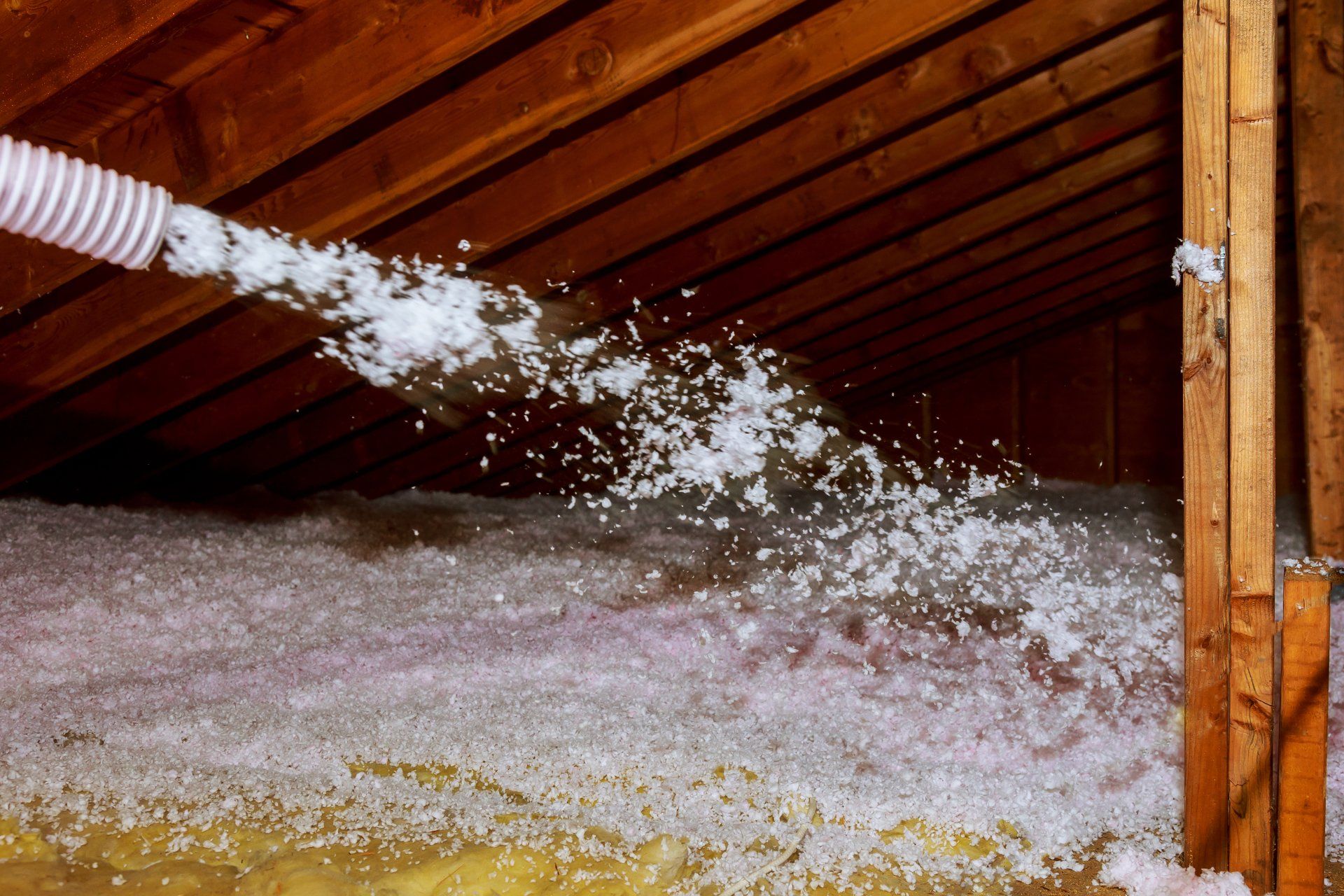WA Cont. ID #PACIFIL886KH
ID Cont# RCE-47538
1312 N Monroe St. Ste. 145, Spokane, WA 99201
No Obligation Quote
WALL INSULATION
Wall Insulation
Having a properly insulated wall will dramatically improve the level of comfort you experience in your home from season to season.
Increase Comfort
Save Money
Increase the Value of Your Home
Call for a Free Estimate
We use blown-in cellulose for most of our insulation jobs. Blown-in cellulose is safer to you as well as the environment, and more effective and energy-efficient than nearly any other product on the market and the fantastic part is that the Cellulose Pacific Insulation uses is made from recycled materials right here in Spokane WA at Thermoguard Insulation right off I-90 at the Sprague exit.
Cellulose fills walls and ceilings and stops air infiltration better
The fibers of cellulose insulation are much finer than fiberglass. When cellulose is blown or dense-packed into your walls and ceilings, it takes on almost liquid-like properties that let it flow into cavities and around obstructions to completely fill walls and seal every crack and seam.
Cellulose is composed of 75-85% recycled paper fiber, usually post-consumer waste newsprint. The other 15% is a fire retardant such as boric acid or ammonium sulphate. Cellulose has the highest recycled content of any insulation available.
Make sure that the machine being used is rated for dense pack
There are certain easy jobs out there that the DIY or handyman can tackle by renting the equipment and taking on the job themselves but dense pack isn’t one of them. To do the job right and insure that the material doesn’t settle careful consideration must be paid to the initial install and the PSI of the blower.
Dry cellulose is used in retrofitting old homes by blowing the cellulose into holes drilled into the tops of the walls. It can also be blown into a new wall construction by using temporary retainers or netting that is clamped in place then removed once the cellulose has reached the appropriate density. This form of application does settle as much as 20% but the stated R-value of the cellulose is accurate after settling occurs. In addition, a dense-pack option can be used to reduce settling and further minimize air gaps. Dense-pack places pressure on the cavity, and should be done by an experienced installer. The home performance industry and its accrediting bodies support the dense-pack standard of insulating wall cavities, which does not settle. This method stops the stack effect and convective loops in wall cavities.
Want to Feel Comfortable in Your Home Again?
Call us today, and a friendly insulation specialist will give you a free quote.
Call Now for an Estimate
© Copyright 2012-2023 | All Rights Reserved | Pacific Insulation





